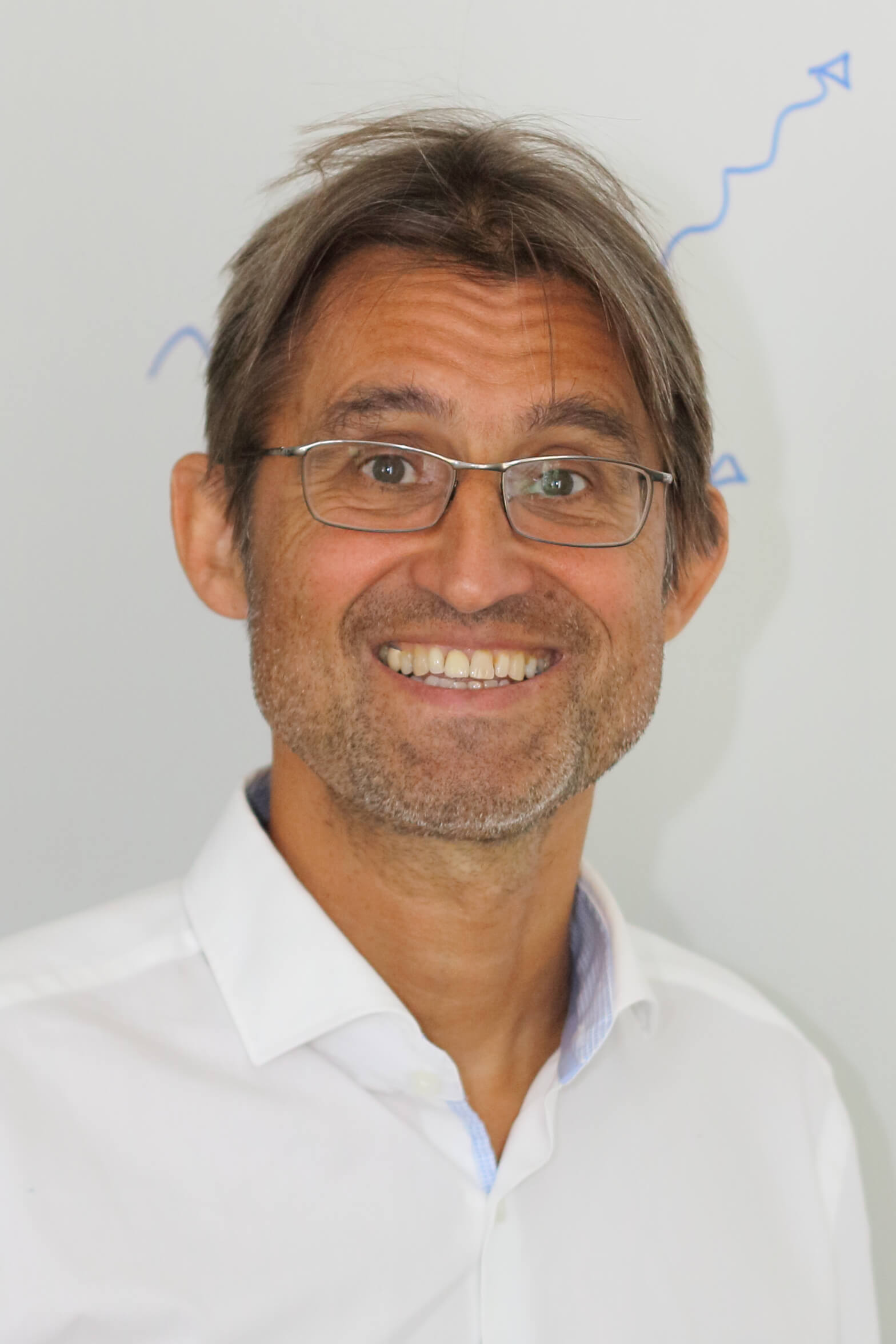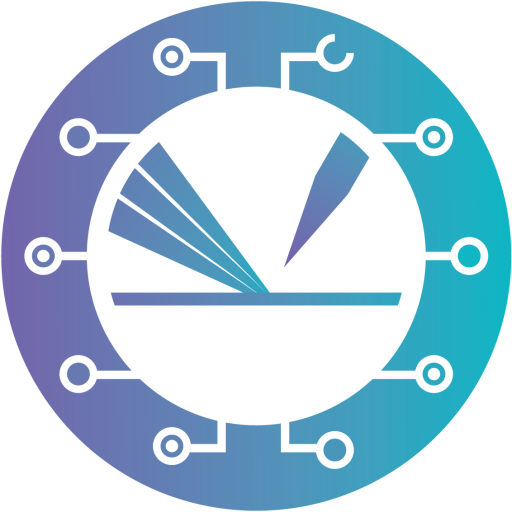
Research interests
Head of the development of VASP (Vienna ab initio simulation package); ab initio techniques including density functional theory, many-body perturbation theory (GW, Bethe-Salpeter), and wave function based correlated methods (Møller-Plesset perturbation theory, coupled cluster methods, full configuration interaction methods); surface science: growth and oxide formation on metal surfaces; nanostructures: ultrathin oxide films, nanotubes, nanodots, ultrathin layers, graphene; semiconductor physics: charge trapping, polarons, electronic excitations, defect energies; machine learning of force field from first-principles simulations
Most relevant scientific results
- Pioneering work on algorithms to perform efficient DFT calculations for insulating and metallic solids as well as molecular systems [1] and adaption of the projector augmented wave method [2]. These two papers belong to the 100 most cited papers in any discipline worldwide and have been strongly influential for the entire materials science community. They lay the foundation for the Vienna ab initio simulation package (VASP), which is used worldwide by more than 3000 groups (with about 12.000 registered users).
- Novel work to determine phonon dispersion relations for solids and low dimensional systems using finite differences. Algorithms inspired implementations in other codes and were used extensively to investigate phonon anomalies in carbon nanostructures [3], study the free energy of solids and phase transitions between solids and liquids.
- Extensive work on the reconstruction of oxide surfaces in close collaboration with experiment. Studies include novel stabilization mechanisms of ZnO [4] and complex oxidic nanostructures on support [5] (together with Diebold and Schmid). A key aspect of these studies was the tight integration between theory and experiment, which was taken up worldwide. To determine structural models first-principle dynamics were often combined with simulated annealing.
- Pioneering work on beyond DFT methods using diagrammatic many-body perturbation theory, including the first GW calculations with vertex corrections [6] and extensive application of the random phase approximation (RPA) to determine accurate correlation energy of solids, surfaces, and liquids [7]. Recent extensions include cubic system size scaling, as well as interatomic forces [8] allowing the routine application of the RPA to unprecedented system sizes and real materials.
- First time application of coupled cluster methods and the full interaction method to solid state systems. Full CI is in principle exact and becomes tractable for solid state systems when combined with Monte Carlo techniques [9]. These methods can be used either as reference to determine the accuracy of more approximate methods or directly applied to prototypical materials science problems.
- On-the-fly machine learning of interatomic potentials using Bayesian inference allowing for unprecedented learning efficiency and direct applicability to real systems [10]. The presented methods allow to reduce human intervention to an absolute minimum, since the algorithms automatically determine if first-principles calculations are required or can be bypassed. This allows to study phase transitions of soft and hard matter at unprecedented accuracy at a fraction of the computing time previously required.
Career
- 2009–present: Group Speaker, Computational Materials Physics, University of Vienna (UV)
- 2007–present: Univ.-Professor, Computational Quantum Physics, UV, Austria
- 2001–2007 Associate (Ao.) Professor, Institut für Materialphysik, UV, Austria
- 1999–2001 Assistant Professor, Institut für Materialphysik, UV, Austria
- 1998–1999 Postdoc, Institut für Techn. Elektrochemie, TU Wien, Austria
- 1997–1998 Assistant, Institut für Theoretische Physik, TU Wien, Austria
- 1996–1997 Postdoc, Keele, University of Staffordshire, UK
Education
- 2001: Habilitation “Theorie der kondensierten Materie”, TU Wien, Austria
- 1993: PhD in Engineering Physics (Dr. techn.), TU Wien
- 1986: Dip.-Ing. in Engineering Physics, TU Wien





